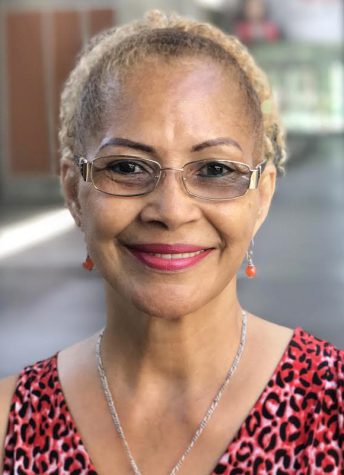Restorative Justice what it looks like
November 2, 2017
Our criminal justice system asks three questions: What law was broken? Who broke it? What punishment is warranted? When you commit a crime, you incur a debt to society, creating an imbalance in the justice system. If you caused someone to suffer, you will be caused to suffer. If you have inflicted pain upon someone, pain will be inflicted upon you.
The system focuses on determining blame and administering pain, judging and sentencing — leaving communities nationwide filled with individuals labeled as damaged goods and who urgently need a new beginning.
Restorative Justice (RJ) is the latest buzz and greatest attempt to change the way violators of our justice system are handled. The theory is that when harm is done, the responsible person can seek restoration from the one affected through a series of facilitated conversations culminating in the forming of an agreement between the responsible and affected parties under the supervision of trained Restorative Justice facilitators.
This new conversation that has demonstrated success began in 2007 with the city-funded West Oakland Middle School pilot project. Integrating the RJ process eliminated violence, expulsions and reduced suspension rates by 87 percent saving the school thousands in attendance and funding. In 2010, the Oakland Unified School District Board of Directors passed a resolution adopting Restorative Justice as a system-wide alternative to zero tolerance discipline and as an approach to creating healthier schools.
Restorative Justice practitioner CamishaFatimah Gentry-Ford worked diligently with the founder of Restorative Justice Oakland Youth (RJOY) Fania Davis Jordan — sister of the infamous Angela Davis. Jordan works directly with offenders utilizing the hands-on approach and community reintegration to reconcile differences between victims and offenders.
Oakland Public Schools started the process early. But there are still a large number of incarcerations that occur after school age. Going to jail can happen to anyone, no one is exempt.
According to the “Criminal Justice Fact Sheet” on the incarceration trends in America compiled by the NAACP: Between 1980 and 2015, the number of people incarcerated in America increased from roughly 500,000 to more than 2.2 million. Today the United States makes up about 5 percent of the world’s population and has 21 percent of the world’s prisoners. Approximately one in every 37 adults in the United States, or 2.7 percent of the adult population, is under some form of correctional supervision.
Another harsh reality from state statistics is that nationwide, African American children represent 32 percent of children who are arrested, 42 percent of children who are detained, and 52 percent of children whose cases are judicially waived to criminal court.
When do we apply the principles of Restorative Justice into our present justice systems or can we? Do we begin with the youthful offenders?
Our communities are not geared to welcome anyone who has been convicted of a crime and served any amount of time. Communities are filled with individuals who have hidden themselves from view for fear of being exposed as being an ex-felon.
There is a need for restoration within our communities and the values that once made us great.
The aim of RJ is to restore right relationships from a state of brokenness. Through this process, responsible parties can learn the value of responsibility and harmed parties the value of forgiveness.
RJ is inclusive and balanced and it emphasizes repairing harm by inviting a fundamental shift in the way we think about and administer justice. Over the past few decades, humanity has been making a historic shift from justice as harming to justice as healing. Restorative justice can be applied to address conflict in families, schools, communities, workplaces, and the justice system.
Restorative Justice asks an entirely different set of questions than the current criminal justice system. Who was harmed? What are the needs and responsibilities of all affected? And how do all affected parties come together to address individual needs and repair the harm done.

